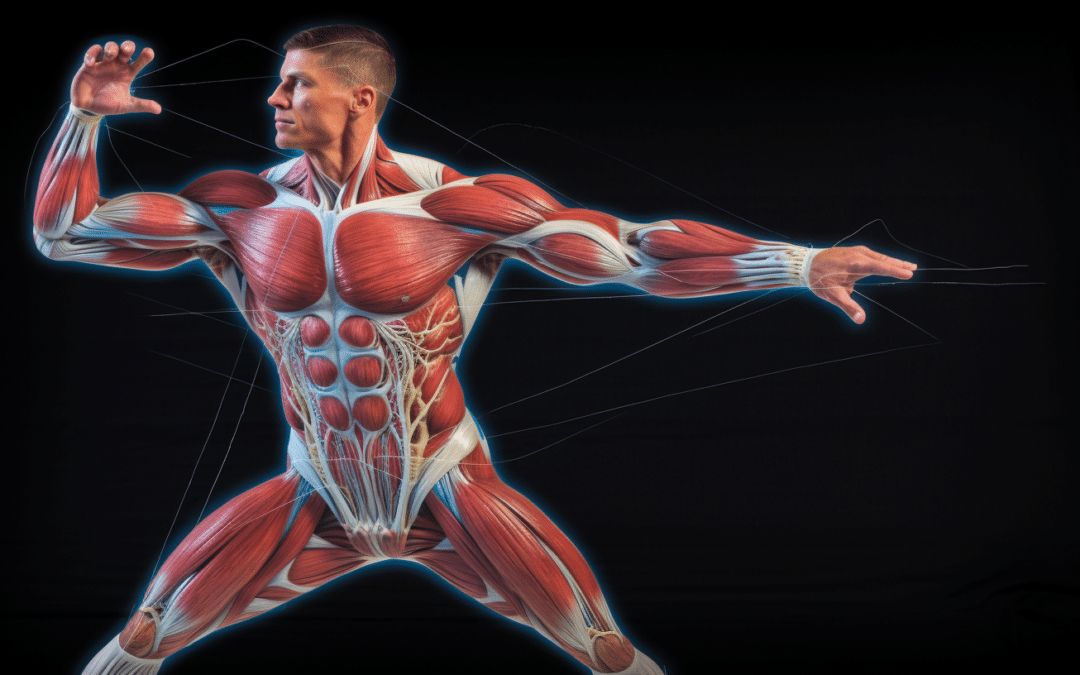Like a critical unlocking hidden potential, Active Isolated Stretching (AIS) unlocks the body’s full range of motion through precise stretches. This stretching technique has become increasingly popular among athletes and physical therapists looking to optimize their performance and recovery. This article will explore the science behind AIS, detailing its benefits, how it works, and what sets it apart from other stretching methods. Additionally, we will examine common misconceptions about AIS, safety concerns, and advice for getting the most out of this exercise technique.
Key Takeaways
- Active Isolated Stretching targets specific muscles to increase the range of motion and improve performance in sports.
- It improves flexibility, energy, circulation, and posture while reducing muscle tension and soreness.
- Active Isolated Stretching involves short holds and repetitions focusing on single muscle groups to improve joint mobility and mental stress.
- Active Isolated Stretching differs from other stretching methods by emphasizing active muscle recruitment, adjustable intensity, and customization according to individual needs and goals.
What Is Active Isolated Stretching?
 Active Isolated Stretching is a form of muscle stretching that focuses on lengthening individual muscles. It is designed to target specific muscular chains and help increase the range of motion, allowing for improved performance in sports or daily activities. The technique involves isolating a single muscle and performing gentle stretches for each one for up to two seconds at a time. This type of stretching has been found to improve flexibility and enhance muscle recruitment, aiding in injury prevention. As opposed to traditional stretching methods such as static stretching, this method maintains the body’s natural kinetic energy while still providing an effective stretch.
Active Isolated Stretching is a form of muscle stretching that focuses on lengthening individual muscles. It is designed to target specific muscular chains and help increase the range of motion, allowing for improved performance in sports or daily activities. The technique involves isolating a single muscle and performing gentle stretches for each one for up to two seconds at a time. This type of stretching has been found to improve flexibility and enhance muscle recruitment, aiding in injury prevention. As opposed to traditional stretching methods such as static stretching, this method maintains the body’s natural kinetic energy while still providing an effective stretch.
Active Isolated Stretching also helps promote circulation within the targeted muscles, improving tissue health over time. Its ability to address muscular imbalances and its focus on dynamic movement and proper alignment provides an ideal solution for those looking to increase their physical activity level without risking injury or strain.
Benefits of Active Isolated Stretching
Research has demonstrated that AIS offers a range of benefits, including improved flexibility and increased energy. Through short holds and repetitions for each stretch, AIS helps promote healthier muscles by increasing oxygenated blood circulation. This can help to reduce muscle tension and soreness while improving range of motion. Additionally, it can improve posture by helping the body maintain correct alignment to prevent injury.
How Does Active Isolated Stretching Work?
Applying short holds and repetitions to muscle groups is the basis of Active Isolated Stretching (AIS). AIS is an effective method for increasing the range of motion and improving flexibility. It simultaneously focuses on a single muscle group, allowing maximum recovery and activation in each repetition.
activation in each repetition.
The technique involves contracting the target muscle to its end-range of motion and then quickly releasing it after holding for only 2-3 seconds. This allows maximum energy transfer from one joint angle to another, improving joint mobility and increased circulation throughout the body. In addition, AIS promotes mental focus and precision when performing the movements, further aiding in muscle recovery. Benefits:
- Increased Range of Motion
- Improved Flexibility
- Improved Joint Mobility
- Increased Circulation
- Mental Focus:
- Promotes Precision When Performing Movements
- Enhances Muscle Recovery
Differences Between Active Isolated Stretching and Other Stretching Methods
Comparing Active Isolated Stretching to other stretching methods reveals distinct differences in their approaches. The primary distinction lies in how the muscles are recruited during the stretch. While traditional stretching generally involves a passive hold of a position for an extended period, AIS stands out by requiring active recruitment of the stretched muscle, allowing for greater control over each stretch’s range of motion and intensity.
AIS is also designed to be less aggressive than other forms of stretching, which minimizes or eliminates potential damage that can result from more intense flexibility training. Additionally, with AIS, practitioners have much more control over the duration and intensity of each stretch; this allows them to customize their times according to individual needs and goals. Furthermore, because it requires active involvement from both practitioner and recipient, practitioners can provide feedback on how each stretch feels and monitor progress throughout an exercise session. This makes AIS ideal for individuals looking to improve their overall mobility while minimizing the risk associated with more rigorous stretching programs such as yoga or Pilates.
Guidelines for Practicing Active Isolated Stretching
Practicing Active Isolated Stretching requires adherence to specific guidelines to maximize its effectiveness and minimize potential risks. Prior experience with stretching must be considered, as some individuals may need more time to be ready for advanced techniques. A warm-up period is recommended before active isolated stretches, whether light aerobic exercise or simple dynamic stretches. Furthermore, the intensity should be slowly increased each time until tension can be felt while remaining comfortable. Care should be taken to stay within this point, as strain and injury may occur if the individual exceeds their limits.
Additionally, each stretch should maintain a consistent duration of two seconds per repetition, allowing the muscles time to relax between sets. Finally, rest periods are required following any stretching session for the body to properly recover and adapt to the new range of motion exercises.
Common Misconceptions About Active Isolated Stretching
Misconceptions exist regarding the effectiveness of Active Isolated Stretching (AIS) as a form of exercise. One popular misconception is that AIS should replace traditional stretching and warm or cool-down routines. While AIS can be a stand-alone exercise program, it is most effective when incorporated into an overall workout plan. Additionally, some people believe that pre-stretching and post-stretching warm-up and cool-down are unnecessary when using AIS; however, these practices are still essential to prevent injury and maximize the benefits of AIS.
Another common misunderstanding is that AIS is only beneficial for athletes or those who are physically fit. While this type of stretching can help improve athletic performance, it can be helpful to anyone regardless of their physical condition or level of fitness. Additionally, many think AIS requires more time than traditional stretching; however, its quick repetition allows for efficient workouts in less time than regular stretching exercises.
Potential Risks of Active Isolated Stretching
Despite the many benefits of Active Isolated Stretching (AIS), potential risks should be considered. Participants may mistakenly overdo their stretching, resulting in overstretched muscles and connective tissues. This is especially true for those with pre-existing conditions or injuries, as they may be more susceptible to further damage from AIS. In some cases, individuals have experienced discomfort or pain during a session; it is essential to recognize the signs of this and adjust accordingly. If these symptoms persist after seeking medical attention, one should discontinue participation in AIS immediately.
Furthermore, if a person experiences dizziness or lightheadedness due to improper breathing while performing AIS exercises, they should stop and seek medical advice before continuing. Lastly, an individual who has had recent surgery or suffered a stroke should consult their physician before engaging in AIS activities. While AIS can bring many positive benefits to an individual’s health and well-being, it is essential to acknowledge its potential risks so that participants can take necessary precautions when engaging in this stretching routine.
Advice for Getting the Most Out of Active Isolated Stretching
It is essential to follow specific guidelines to gain maximum benefit from Active Isolated Stretching (AIS). It is crucial that correct form and proper breathing are observed during stretching, as this ensures the therapeutic benefits of AIS. Additionally, practitioners should use slow and gentle techniques when trying new stretches.
- Utilize proper positioning: Ensure your joints are properly aligned and supported while stretching for optimal results and safety.
- Practice patience: Hold each stretch for at least two seconds to get a good while without injury or pain.
- Consult an expert: Consult a certified stretching professional if you need clarification on which stretching techniques are best for you.
With knowledge and practice, AIS can help enhance physical performance, reduce stress levels, improve circulation and posture, increase joint range of motion, decrease muscle tension, accelerate healing after injury or surgery, and promote overall well-being.
Frequently Asked Questions
How Long Should I Stretch With Active Isolated Stretching?
Frequency and intensity are vital when determining how long to stretch with active isolated stretching. To start, it is recommended to test for no more than two seconds per movement and repeat the movements 8-10 times. As you become accustomed to the technique, you can increase the time you hold each stretch up to 10-15 seconds for each repetition. It is important to note that raising your stretching intensity too quickly can lead to injury or soreness, so gradually increasing your passion over time is best.
Is Active Isolated Stretching Safe for People With a History of Injury?
The sun rises on a new day, providing a fresh start for those with a history of injury. Active Isolated Stretching can be an effective way to prevent further damage and allow muscles to recover. It targets specific areas while being gentle enough not to cause harm. By isolating each muscle group, the body is encouraged to stretch without overexerting itself. This technique also allows for more time spent in each stretch, which increases flexibility and range of motion. Active Isolated Stretching is safe when done correctly and in moderation, making it an ideal choice for those with a history of injury.
Is Active Isolated Stretching Suitable for Athletes?
Active isolated stretching (AIS) is an effective form of exercise for athletes that has been found to offer numerous benefits. The technique isolates specific muscles and joints, allowing them to be stretched precisely and in control. AIS can also reduce the risk of injury due to improved flexibility and increased range of motion. Additionally, athletes may experience improved performance through enhanced coordination and agility. However, when done improperly, AIS has potential risks, such as muscle strain or joint pain. Therefore, athletes must use proper form and consult a professional if they need clarification on any part of the technique.
Are There Any Exercises I Should Do After Active Isolated Stretching?
After active isolated stretching, it is essential to do exercises that help reduce muscle fatigue and prevent injury. Activities such as light cardio or a short walk can be beneficial in aiding recovery. Strengthening exercises should also be incorporated into the routine, as they help build endurance and strength in muscles used during stretching. Stretching after exercise can help reduce lactic acid buildup and improve flexibility for further workouts. Cool-down activities like yoga or foam rolling are also recommended for relaxation and injury prevention.
Are There Any Age Restrictions for Using Active Isolated Stretching?
Active isolated stretching (AIS) is a form of stretching that uses muscle tension to improve mobility and flexibility. Just to let you know, there are no age restrictions for using this method as long as the stretch duration is appropriate for the individual’s fitness level. However, it is recommended that those who are elderly or have had an injury should consult with their health professionals before starting any stretching program. Additionally, AIS can benefit people of any age, as it helps promote healthy muscles and joints while reducing muscle tension.
Conclusion
Active Isolated Stretching is a dynamic stretching technique with a protective stretch reflex. This reflex is triggered by an active contraction of the significant muscle being stretched and helps to reduce the risk of injury. This technique is much more effective than conventional static stretching and can lengthen any muscle group, including the hamstrings, quadriceps, and glutes. The active stretch should be held for no more than two seconds and repeated up to 10 times.
Massage therapists may also use Active Isolated Stretching with their clients to reduce pain and improve range of motion. This technique is especially effective for clients suffering from knee pain. It can help to reduce inflammation and increase circulation, which can help to reduce pain and improve joint mobility. It can be combined with other massage techniques to provide clients with a comprehensive approach to treating their condition.
Active Isolated Stretching is an effective technique that can help to improve physical performance and reduce pain. It is an active form of stretching that is much more effective than conventional passive stretching techniques. With proper instruction and guidance, massage therapists can use this technique to help their clients achieve a level of performance previously thought impossible. Active Isolated Stretching effectively increases the range of motion, reduces pain, and improves overall physical performance. It is an effective technique that should be considered by anyone looking to maximize their physical fitness routine.

